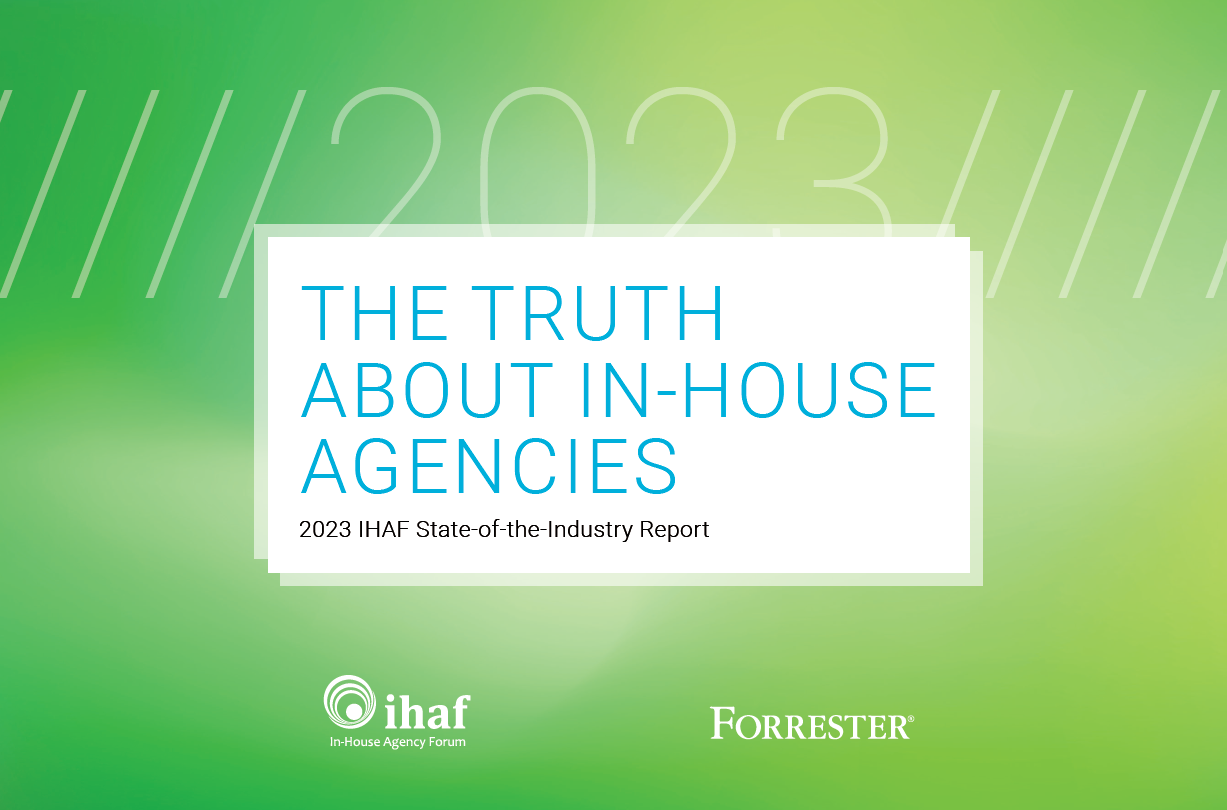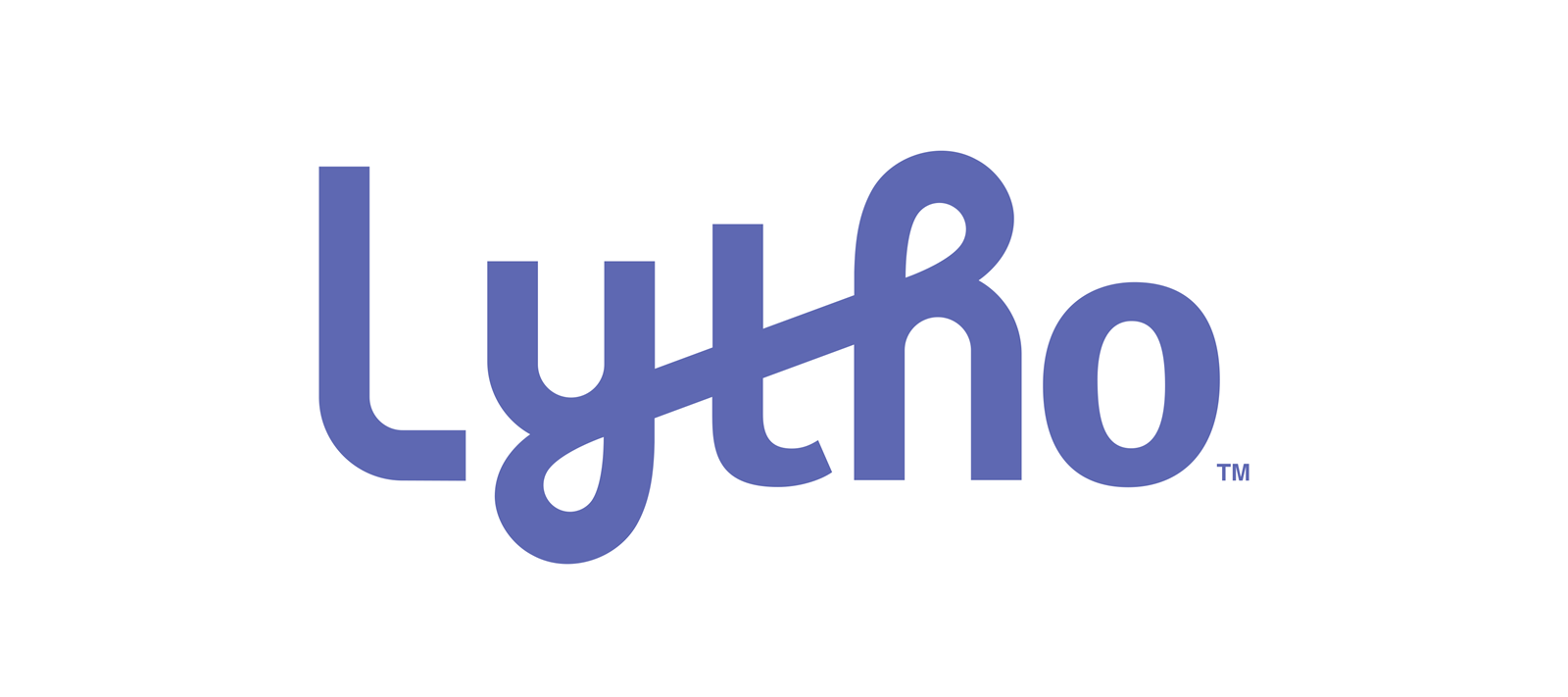Tools & Technology: Your Creative Advantage

Due to the ongoing pandemic, many in-house agencies have faced reduced resources, budgets and timelines. It’s unclear what the “new normal” post-COVID will mean for our teams, but what’s certain is the requirement to be more relevant and effective for our partners and the business overall.
Analyzing process and operations can reveal deep insights, including areas where better tools and technology can lead to exponential improvements for your team. Development of these tools has been happening at break-neck speeds, from day-to-day software to concepting, collaboration and interactive development tools, as well as highly sophisticated DAMs and project management solutions.
At Robert Half, embracing new technology has helped expand our team’s capabilities and allowed us to focus more on partnerships and creative development.
Here are five tips to help you gain greater access to new creative tools and technologies:
1. Audit your inventory. Take stock of the tools at your disposal and where gaps exist. Some common areas of opportunity: digital, design, video, production, content, project management.
2. Be open and inquiring. Ideas for technologies and tools your team could be using can come from unlikely places. Ask others outside of your immediate group. An example of this at Robert Half is a collaboration tool called Miro that the UX team was testing. Now, we’re piloting it with a portion of the creative team.
3. Set aside budget. It’s important to be forward thinking and to allocate discretionary funds within your budget to test new tools. If a test is successful, you have a valuable case to scale and add incrementally or plan for the cost in future budgets.
4. Test and learn. Start small by testing with a limited group of users. Many tools offer affordable pilots. Ensure you have someone driving the testing, collaborating with partners, and reporting back about the pros and cons and the overall recommendation. Don’t forget to be inclusive of global or enterprise users when necessary.
5. Have passion and purpose. Present a solid case with data and a deep, well-articulated understanding of the business advantages. Remain steadfast in your recommendation. If you don’t believe in it, neither will your approver.
Stephnee Greenwood-Leathers is Senior Director, Global Creative at Robert Half and Protiviti. This article first appeared in Debunking the In-House Myth, IHAF’s 2020 benchmarking report fielded in partnership with Forrester Research. It contextualizes data from 288 unique companies regarding the evolution of digital marketing in house. IHAF members have open access to download the report. If you are not a member of IHAF and would like to learn more, please contact us.
- advertising,
- agency,
- automation,
- association,
- benchmarking,
- brand,
- CMO,
- client,
- communications,
- content,
- corporate,
- creative,
- DAM,
- data,
- digital,
- Forrester,
- IHAF,
- in-house,
- inhousing,
- insource,
- internal,
- leadership,
- marketing,
- management,
- media,
- membership,
- networking,
- professional,
- research,
- social,
- systems,
- technology,
- tools,
- trends,
- workflow
Recent Posts

In-House Data: Fact or Fiction?
October 16, 2023
I’m going to be honest with you, which I always am but this time it’s scary honesty. There are a lot of in-house agency research reports out there. And not all of them contain data that are close to the integrity of the studies IHAF publishes—the next of which drops at the IHAF conference on …

IHAF Wrapped
December 20, 2023
One of our favorite things to do at year-end is look back at the events, presentations, and online resources our members tapped most. (Why should Spotify have all the fun?) Here are a few of your favorites in 2023:
• New Assortment of Org Charts Download • Updated Job Profiles …



















%20(1).pdf%20-%20Copy.jpg)

%20(1).png)


No Reader Comments